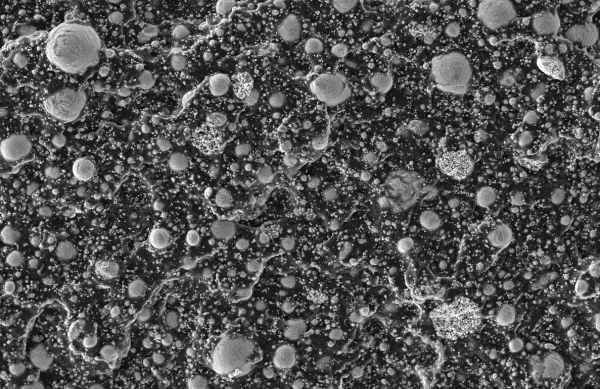Electronic waste is piling up around the world at a rate that far outpaces recycling efforts, partly because it’s so costly and time-consuming to recover useful materials from discarded gadgets.
Electronic waste is piling up around the world at a rate that far outpaces recycling efforts, partly because it’s so costly and time-consuming to recover useful materials from discarded gadgets. When processed improperly, spent electronics can expose workers and the environment to lead, mercury and other toxic chemicals. Without systemic changes, our global appetite for electronics could produce an annual 90 million tons of electronic waste by 2030.
This conundrum inspired a team at the University of Washington to create an easily recyclable material that could one day replace many traditional circuit boards, the foundation of most electronics. The new material is flexible, self-healing and can be made conductive without additional components.
This suite of features could help produce a more sustainable generation of wearable electronics, soft robotics and more.
Read more at: University of Washington
3D confocal fluorescent images showcasing more supportive cell environments with enlarged mitochondria for enhanced cytochrome P450 activity due to co-expression of AtMSBP1 (left) compared to cells without the protein (right). (Photo Credit: Shanhui Xu)




